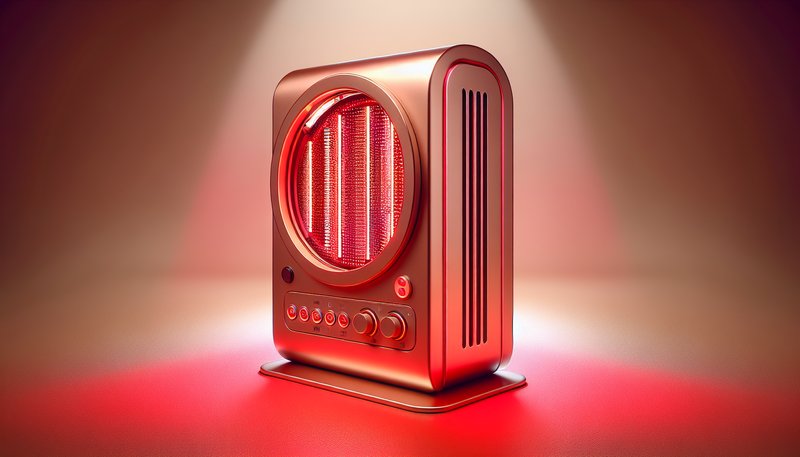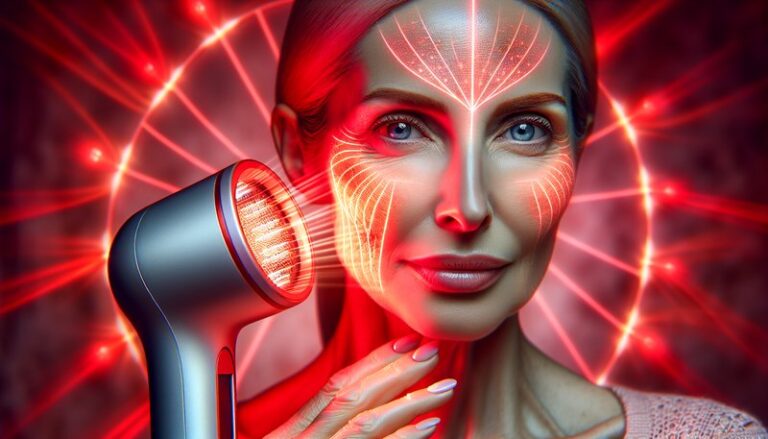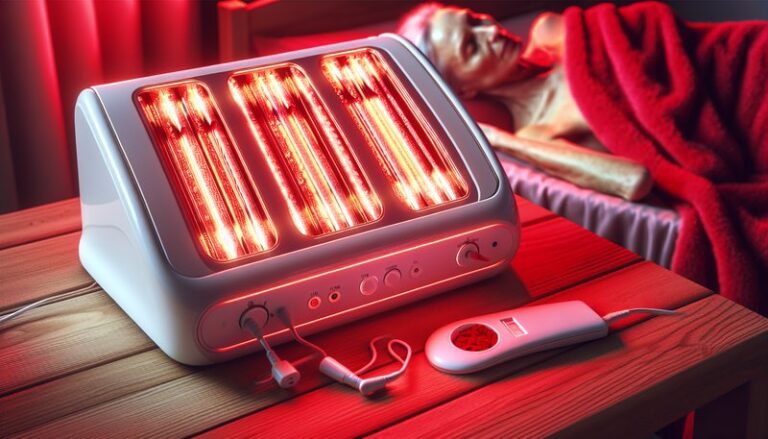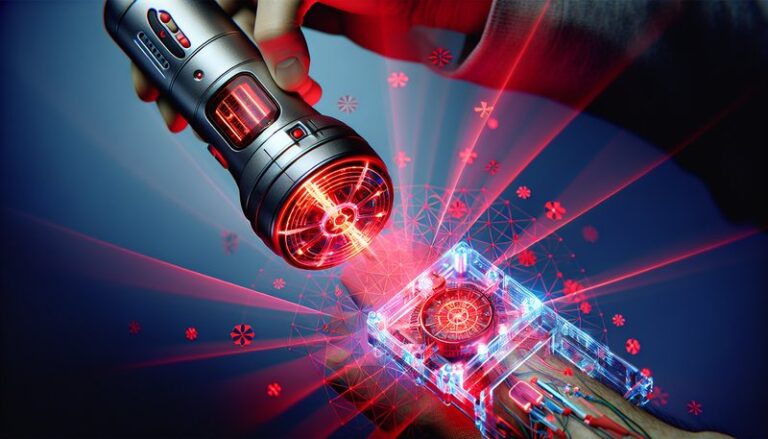When Does Red Light Therapy Work?
Are you curious about how red light therapy can enhance your health and wellness?
Red light therapy (RLT) is becoming increasingly popular for various therapeutic uses, but understanding when and how it works is essential for maximizing its benefits. This article explores the effectiveness of red light therapy, its benefits, considerations before use, available alternatives, and answers to frequently asked questions.
Key Takeaways
- Red light therapy is effective for skin health, pain relief, and enhancing muscle recovery.
- Treatment effectiveness can vary based on the condition being treated, duration, and frequency of use.
- Recommended usage guidelines and potential alternatives can enhance overall results.
What is Red Light Therapy?
Red light therapy is a non-invasive treatment that uses low-level wavelengths of red light to stimulate various biological processes in the body. Initially developed for skin and wound healing, RLT works by penetrating the skin to promote cellular regeneration, reduce inflammation, and improve blood circulation.
How Red Light Therapy Works
When the skin absorbs specific wavelengths of light (usually between 600 to 900 nanometers), it activates intracellular energy production. Specifically, it enhances mitochondrial function, leading to increased ATP (adenosine triphosphate) production, which fuels cellular activities crucial for healing and repair.
What are the Benefits of Red Light Therapy?
Understanding the benefits of red light therapy can help determine its suitability for individual health goals. Below are some significant advantages:
Skin Health Improvement
Studies show that red light therapy can reduce wrinkles, enhance skin texture, and tackle specific skin conditions such as acne and psoriasis. By stimulating collagen production, it promotes skin elasticity, giving it a youthful appearance.
Pain Relief
Many individuals have reported reduced pain from chronic conditions such as arthritis, fibromyalgia, and back pain. Red light therapy can improve circulation and reduce inflammation, offering a non-pharmaceutical pain management option.
Faster Muscle Recovery
Athletes often use red light therapy to speed up post-exercise recovery. It can reduce muscle soreness and promote healing in sports injuries by increasing blood flow and encouraging repair at the cellular level.
Mood Enhancement and Sleep Improvement
Emerging research suggests that red light therapy may help in conditions such as seasonal affective disorder and improve sleep quality by regulating melatonin production when used in the evening.
Is it Possible to Overuse Red Light Therapy?
Yes, while red light therapy is generally safe, overuse can lead to diminishing returns or adverse reactions. It’s vital to follow recommended guidelines for effective and safe treatment.
What are the Advantages of Following Usage Guidelines?
By adhering to proper usage protocols, users can ensure maximum efficacy of the therapy.
What are the Disadvantages of Overuse?
Excessive exposure may lead to skin irritation or an overstimulation of cells, counteracting the desired benefits.
Discover the details in Red light therapy bed
What are the Things to Consider Before Using Red Light Therapy?
Before embarking on red light therapy, several important considerations should be kept in mind:
Consult with a Healthcare Professional
Discussing with a healthcare provider, especially if you have underlying health conditions or are pregnant, can help tailor the treatment to your specific needs.
Quality of Device
Choosing a reputable device or treatment provider is essential for ensuring that the light emitted includes the appropriate wavelengths and intensity to produce desired results.
Treatment Duration and Frequency
Determining the correct treatment duration and frequency is crucial. Typically, sessions range from 10 to 20 minutes, a few times a week, but personal factors may alter this recommendation.
What are the Alternatives to Red Light Therapy?
While red light therapy offers numerous benefits, there are various alternative treatment options worth considering:
Laser Therapy
Similar to red light therapy, laser therapy uses concentrated light to stimulate healing and reduce inflammation, including stronger solutions for more complex issues.
Cryotherapy
Cryotherapy involves exposing the body to cold temperatures for a short period. It’s known for reducing inflammation and pain, particularly in athletes.
See the full explanation Can Red Light Therapy Boost Vitamin D?
Physical Therapy
Using guided exercises and treatments, physical therapy helps strengthen muscles and improve flexibility, serving as a beneficial complement or alternative to red light therapy.
Conclusion: Is it Recommended to Use Red Light Therapy?
Red light therapy can be a great addition to health and wellness routines for skin health, pain relief, and recovery. By understanding when it works best and following safe practices, users can maximize its effectiveness. However, it is essential to consult with professionals and consider alternatives.
Frequently Asked Questions
How long does it take to see results from red light therapy?
Results can vary depending on the specific condition being treated, but many individuals notice improvements after several sessions, typically within a few weeks.
Is red light therapy safe?
Red light therapy is considered to be safe and non-invasive. However, it is recommended to use proper devices and follow usage guidelines to avoid potential side effects.
Can anyone use red light therapy?
Most people can benefit from red light therapy, but it is advisable for pregnant individuals or those with specific medical conditions to consult a healthcare provider before starting treatments.
How often should red light therapy be done?
Frequency typically varies depending on individual needs and conditions but generally ranges from two to five times per week for maximum benefits.
Can red light therapy help with hair loss?
Yes, studies suggest that red light therapy may stimulate hair growth in individuals experiencing androgenetic alopecia or other forms of hair loss by enhancing cellular activity in hair follicles.






